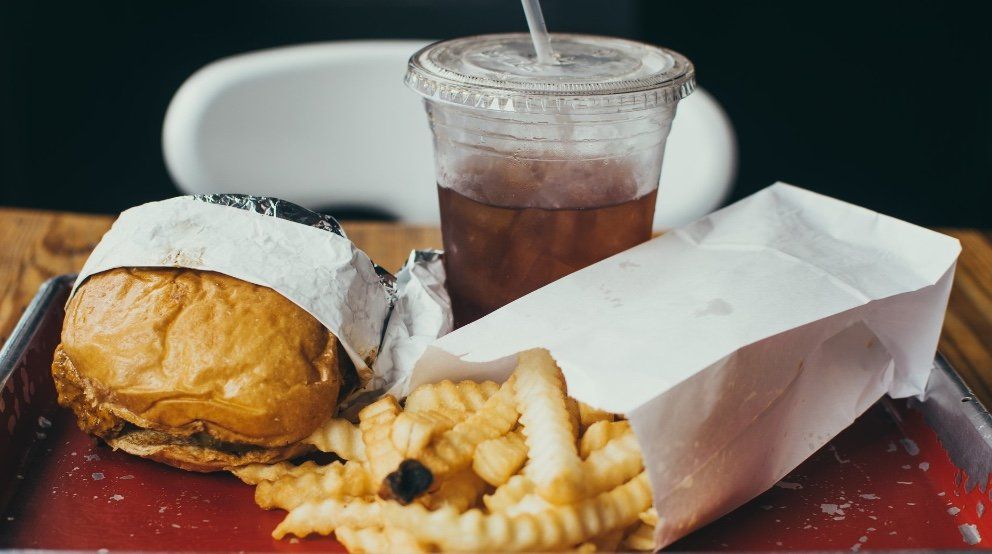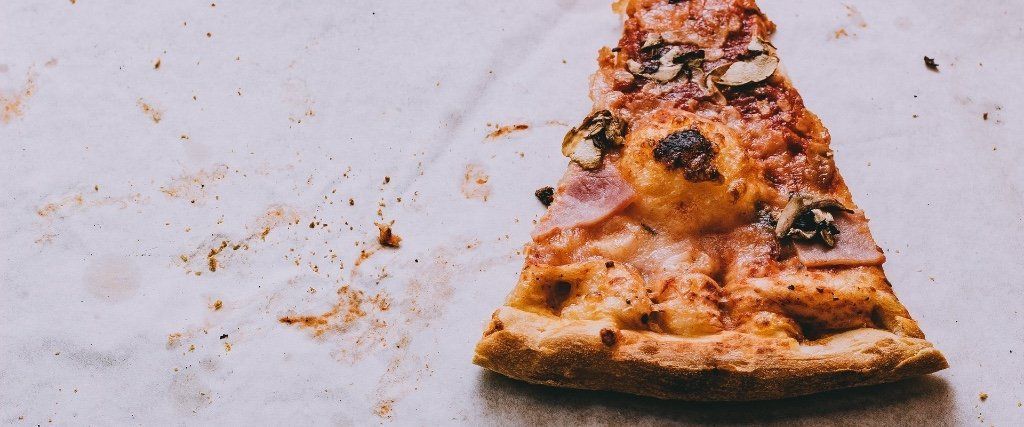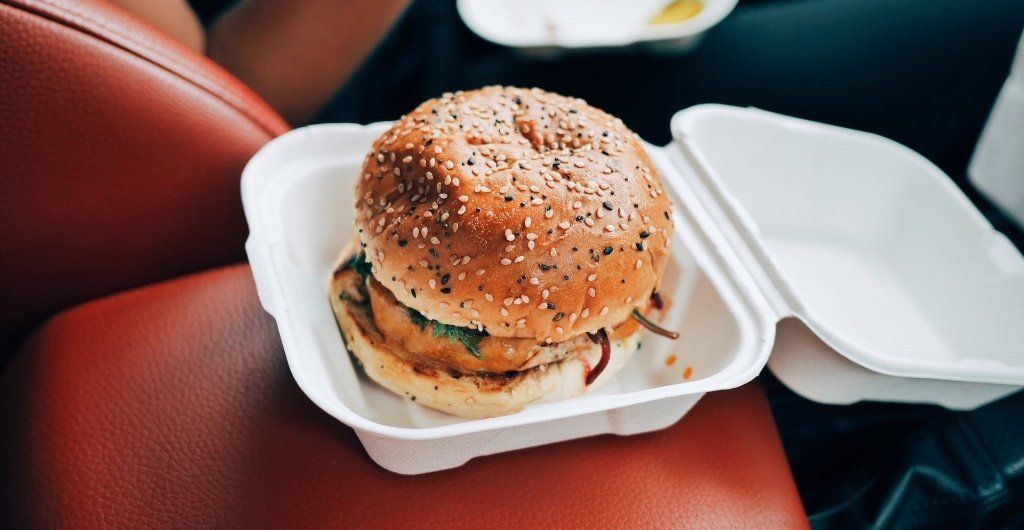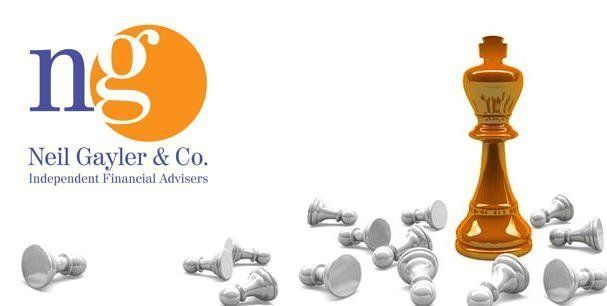Don’t Believe The Hype: a Nation of Junk Addiction - by Andy Tibbs
- by Cheranne Hack
- •
- 18 Sept, 2017
A weekly blog discussing contemporary food and nutrition topics. Written by the Owner and Head Chef of Poco Culina, Andy Tibbs.

Those of you of a certain age may recall that ‘Don’t Believe The Hype’ is a half-remembered rap song from some years ago. At that time I was still working in my previous life of advertising and design. It’s a strange industry – obviously it makes its money from clients who have products and services they wish to sell to particular groups of people – and advertising agencies are as much a mainstream business as the clients they work on behalf of. Yet, the creative studios in which I spent many years were populated by very ‘alternative’ people who thought, bought and behaved very differently to the consumers they by and large were employed to influence. I felt quite comfortable there for a long time, but I look back with a certain discomfort on that world now.
Advertising is extremely influential in the highly lucrative and extremely competitive food and drinks industry (although I have never worked on campaigns in those sectors). Think how we have been persuaded to ‘go to work on an egg’, or that British Beef, New Zealand (and more recently Welsh) lamb and Danish bacon are somehow better than other counterparts. More recently, food and especially snack food, advertising aimed at children has become a hotly debated political issue. Jamie Oliver is a vociferous campaigner for a 9pm watershed for such advertising as are former Prime Minister Gordon Brown and former Health Secretary Alan Johnson. Yet little has changed. Major food brands have continued to target children with junk food products that dazzle young eyes and create a sense that such products are a normal part of everyday diet.

You know what’s coming now, so here are a few facts for you. Current legislation states that advertising for high-fat, salty, sugary (HFSS) foods cannot be broadcast during ‘children’s TV’ programming. A somewhat worthless piece of legislation given that research from the consumer magazine Which? shows that 18 out of 20 programmes watched by children under 16 aren’t covered by this legislation. Ever sat through the X-Factor ad breaks? Britain consumes 51% of all the crisps and savoury snacks eaten in Europe according to Joanna Blythman in her book, Bad Food Britain: How a nation ruined its appetite. Research from the Compass consumer group says that 70% of 3-year olds recognise the McDonalds golden arches logo, but don’t yet know their own surname.
The simple facts are that heavy, rotational advertising of low grade, cheaply produced foods that contain addictive (yes, addictive) levels of fat, salt, sugar and other laboratory produced flavour enhancers undermines the efforts of parents to maintain a balanced, healthy diet for their children. The basic restrictions on advertising high fat, additive laced foods have only this year been extended to other media types. Here’s Ian Wright, director general of the Food and Drink Federation, "Two years ago, FDF announced its backing for major changes to the way food and drink is advertised, based on our belief that non-broadcasting advertising rules should be in line with the strict rules already in place for TV. HFSS food and drink ads have long been banned on children's TV, with under-16s today seeing far fewer of these ads than in recent years. As young people move away from traditional media towards new and social media, we feel it's important that ad rules keep up with this change."
Yet campaigns to limit the impact on children of exposure to horrendously unhealthy products is continuously scuppered by both the food and the advertising industries. The aforementioned Food and Drink Federation suggests, 'Foods high in fat, salt and/or sugar are not harmful per se. Fat, salt and carbohydrates are essential macro-nutrients. It is the balance of them that is important. All foods can fit into a balanced diet, which involves appropriate intake of all nutrients over a period of days.' In other words, junk foods fit with a balanced diet as long as you hardly ever eat them. What utter rubbish.

You already know my views on what may constitute a balanced diet – but common sense tells me that if that balanced diet is balanced with junk foods, the diet is no longer balanced. Inevitably, junk foods are also, by default, replacing component parts of that balanced diet. Seems pretty obvious to me. I’m actually sure that it’s pretty obvious to most people if they stop and think about it for a moment. Of course a little occasional naughtiness is not the end of the world, but it’s not that occasional any more is it?
I know very well how powerful advertising is. I also know that promoting the relative features of one product in order to make it seem superior to another have long since ceased to be the only factor in campaigns. The persuasive images and messages used in contemporary advertising are designed to change behaviour and the way people think. As a result, consumers have convinced themselves that they have no time to prepare healthy food from scratch any longer. Just as dangerously, unhealthy, damaging food products are normalised, becoming part of daily diet. In the worst cases, junk food is the daily diet. Poor quality foods are cheap to make (therefore desirable commodities for brands to sell) and also retail shockingly cheaply. It frightens me to think that an enormous bag containing 18 or more packets of salty, sugary, fatty crisps each containing upwards of 350 calories per individual pack can be bought more cheaply than a bag of real potatoes sufficient to feed a family. Make sense of that if you can.

This advertising stuff works, and it works very well indeed. In
the UK consumers are continually exposed to messages about the dangers of high
fat, salty and sugary foods. They know there is a spiralling obesity crisis in
the UK; they know that instances of diabetes and even strokes are increasing,
yet they take virtually no notice whatsoever. UK consumers are completely and
utterly under the spell of the appallingly dangerous foods peddled by
supermarkets and fast food chains alike. The UK is addicted to junk, quite
literally, and can’t stop and needs help fast. Here are some final closing
facts which confirm that whilst advertising is increasing the profits of junk
food producers and high street fast food chains, the health message is
consistently failing to be recognised. Money and political will are of course
at the root of this. Cheltenham town centre is rapidly becoming a giant sized
food hall. Some of its restaurants and cafés are exceptional in their quality
and approach; many, sadly are not. Many caring, independent businesses have
been sidelined and crushed by the global chains the town (and many other towns)
encourages gleefully. So…
According to the Prevention Institute:
- Nearly 40% of children’s diets comes from added sugars and unhealthy fats.
- Only 21% of young people aged 6-19 eat the recommended five or more servings of fruits and vegetables each day.
- Just 12% of grains consumed by children are whole.
Not content with killing our planet in the pursuit of fast, junk food we seem also quite happy to kill ourselves too.
Watch what you eat!
Andy.











